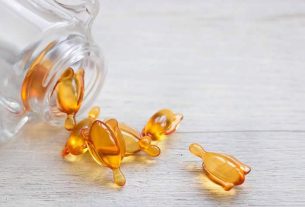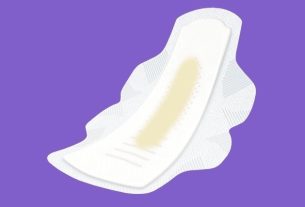Creatine is a substance that provides energy to muscles, improving physical performance, increasing muscle mass and preventing chronic diseases.
Creatine is produced by the kidneys, pancreas and liver, but is also present in foods such as fish, meat, chicken, milk and dairy products. Furthermore, creatine can also be found, in higher concentrations, in the form of capsule or powder supplements, which can be taken before or after training.
When ingesting creatine, it is also recommended to eat foods or supplements that are sources of protein, such as tofu, eggs and whey protein, and carbohydrates, such as banana, watermelon or maltodextrin, for example. This is because these nutrients improve the absorption and use of creatine by the muscles.
Check out more about all the benefits of creatine in the video below:
What is creatine used for?
Creatine is normally indicated for:
1. Increase muscle mass
Creatine increases muscle mass because it provides energy to the muscles, preventing fatigue and improving physical performance during training, which promotes the growth of muscle fibers. Discover other supplements that increase muscle mass.
2. Improve muscle recovery
Creatine improves muscle recovery after physical exercise, which is the fundamental period for stimulating the growth of muscle fibers and preventing injuries.
3. Prevent chronic diseases
Some chronic diseases such as diabetes, osteoporosis and heart disease can be prevented by using creatine, when associated with regular physical activity and healthy eating.
This is because creatine helps control cholesterol and blood glucose levels, promotes muscle mass gain, and prevents the loss of bone mass.
4. Prevent sarcopenia
Creatine helps to prevent sarcopenia, which is the loss of muscle mass that generally occurs after the age of 50, causing loss of strength and physical performance.
It is important to remember that these benefits from the use of creatine are obtained mainly in people who maintain a healthy diet and regularly practice resistance physical exercises, such as weight training, pilates or calisthenics, for example.
5. Help in the treatment of neuromuscular diseases
The use of creatine can help in the treatment of muscular diseases, such as dystrophy, Huntington’s disease, amyotrophic lateral sclerosis, Parkinson’s disease and fibromyalgia, improving cognitive functions and muscle strength.
However, more studies are still needed to prove the benefit of creatine for the treatment of neuromuscular diseases.
What is creatine monohydrate
Creatine monohydrate is the form of creatine most used in dietary supplements, as it is well absorbed and used by the body.
There are other types of creatine, such as alkaline creatine, micronized creatine, creatine malate and creatine ethyl ester. However, there is little scientific evidence about the benefits of these types of creatine.
How to take creatine
Creatine can be taken at any time of the day, before or after training, alone or together with other supplements. However, to be better absorbed, creatine should preferably be ingested with a food or supplement that is a source of protein, such as tofu, egg and whey protein, and carbohydrates, such as banana, watermelon or maltodextrin, for example.
Creatine can be taken in the form of capsules, which should be taken with 1 glass of water or juice, or in powder form, which can be diluted with water, milk or juice, for example.
Consult your nearest nutritionist for more guidance on how to take creatine:
Taking care of your health has never been easier!
Schemes for taking creatine
The most common way to take creatine is to ingest 3 to 5 g per day, for 3 months or more. Another option is creatine supplementation with overload, where for the first 7 days a daily dose of around 20 g of creatine is taken and then this dose is reduced to 3 to 5 g per day. See more details about creatine regimens.
Possible side effects
The most common side effect of using a creatine supplement is body weight gain, due to an increase in muscle mass. Additionally, creatine can also cause diarrhea, gastric discomfort, stomach pain, nausea, and cramps in some people.
Who shouldn’t use creatine
To date, there are no contraindications to the use of creatine supplements. However, studies on the use of creatine by people with kidney problems are still inconclusive.
Therefore, creatine supplementation should always be done under the guidance of a nutritionist, or doctor, who will assess each person’s nutritional needs and health history.

Sign up for our newsletter and stay up to date with exclusive news
that can transform your routine!
Warning: Undefined array key "title" in /home/storelat/public_html/wp-content/plugins/link-whisper-premium/templates/frontend/related-posts.php on line 12
Warning: Undefined array key "title_tag" in /home/storelat/public_html/wp-content/plugins/link-whisper-premium/templates/frontend/related-posts.php on line 13




